We don’t know about you but in the last few weeks, we have been busy spring cleaning and getting ready for the upcoming better weather. This got us thinking about what common bugs, beasties and diseases are seen on horses and ponies at this time of year.
Common Skin issues:
- Sucking Lice
- Biting lice
- Leg Mites
- Ring Worm
- Sarcoids
- Sweet Itch
Lice infestations:
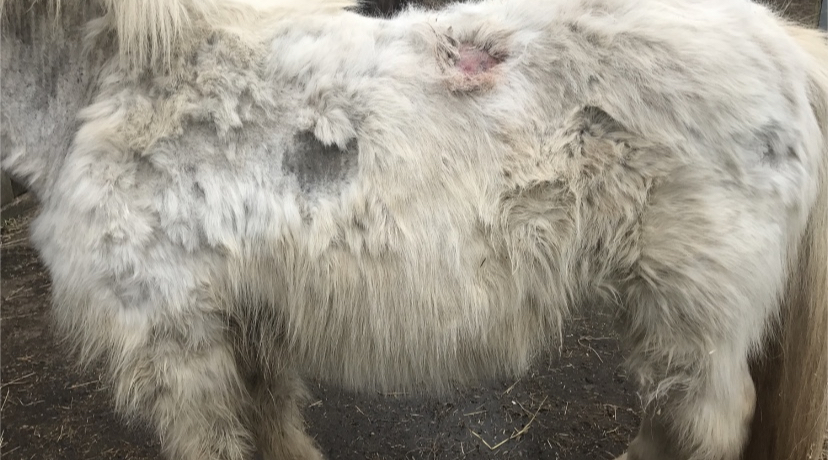
Lice are commonly seen at this time of year. Their eggs are white and stick to the base of the mane and tail. Some lice can be seen moving with just your eyes but the more obvious signs are listed below:
- Dull coat
- Very itchy
- Areas of missing or damaged hair due to the animal chewing or rubbing
These signs can be caused by both sucking and biting lice and treatment is normally the use of topical treatments such as Deosect equine. Lice commonly hide on the mane and tail regions but also like to live at the base of the ear and under the jaw. If you find your horse or pony has lice do not forget to treat the rugs as well as these can be a reservoir of reinfection.
Leg Mites:
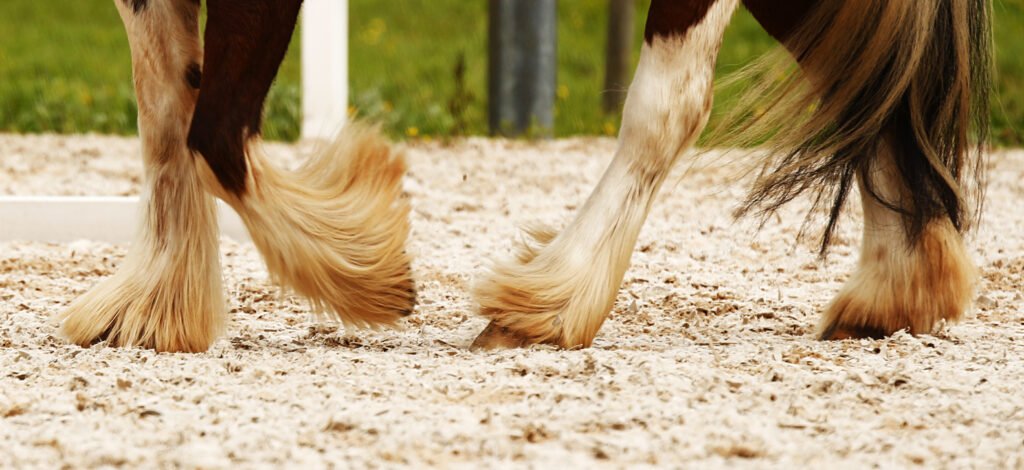
These are commonly seen in our feathered friends. These mites burrow into the skin on the legs and this causes them to itch and stamp. These are easily treated using either Dectomax injections 10 – 14 days apart or with the application of correctly diluted Deosect equine.
Leg mites can be incredibly uncomfortable for horses and ponies and can cause bacterial infections because of the damage they do to the skin stamping and chewing at their legs.
Ringworm:
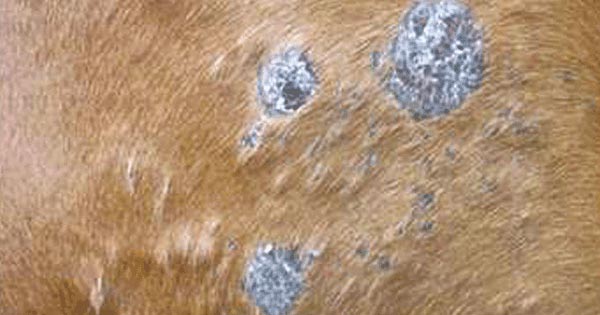
This is cause by fungus. Commonly seen in horses and ponies that have had contact with infected animals. It is a zoonotic disease which means that all animals can catch it including us.
- Circular hairless patches on the skin
- Very infectious, passed on by sharing tack, rugs and grooming kits
- Most commonly seen in those that are immunocompromised: Very young, very old and those that have been under stress
Can be treated with antifungals. Care should be taken cleaning rugs, tack and grooming kits if shared.
Sarcoids:
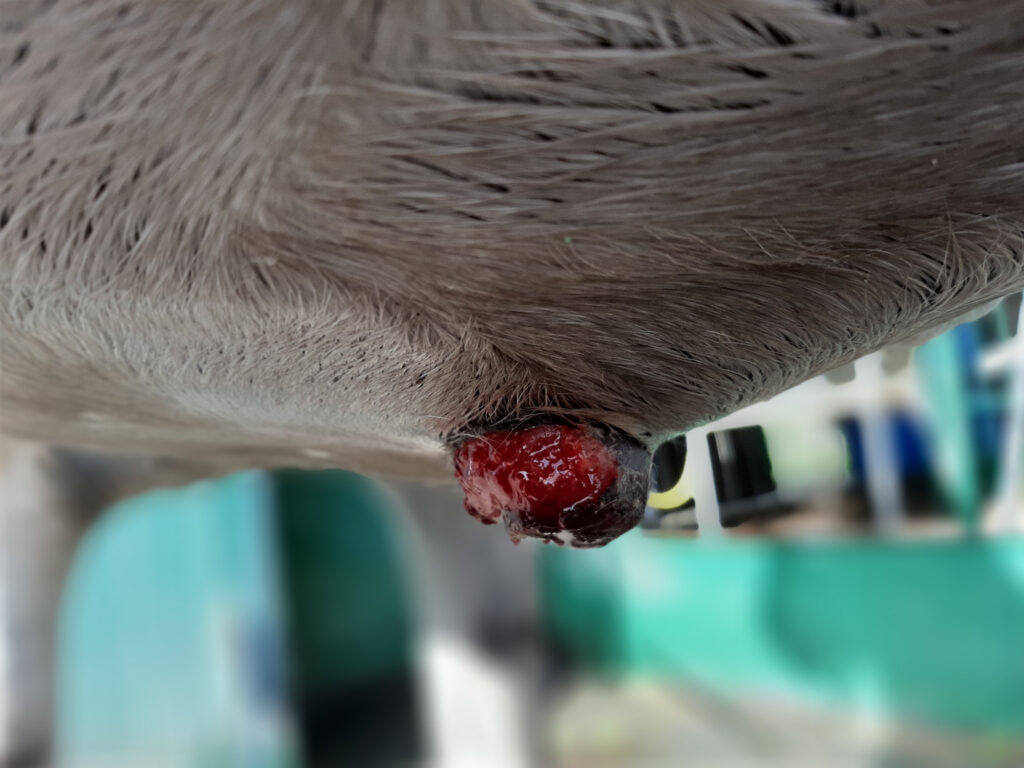
These are usually found either during clipping season or when the summer coat starts to come through. They are a form of skin cancer. They will not spread to any other organs but they can spread throughout the skin if not treated promptly. There are lots of different types of sarcoids and they need specialised treatment in order to resolve them properly. Fly bites are the most common way these are spread between horses, so using fly rugs in summer is important to protect your four legged friends.
Sweet Itch:
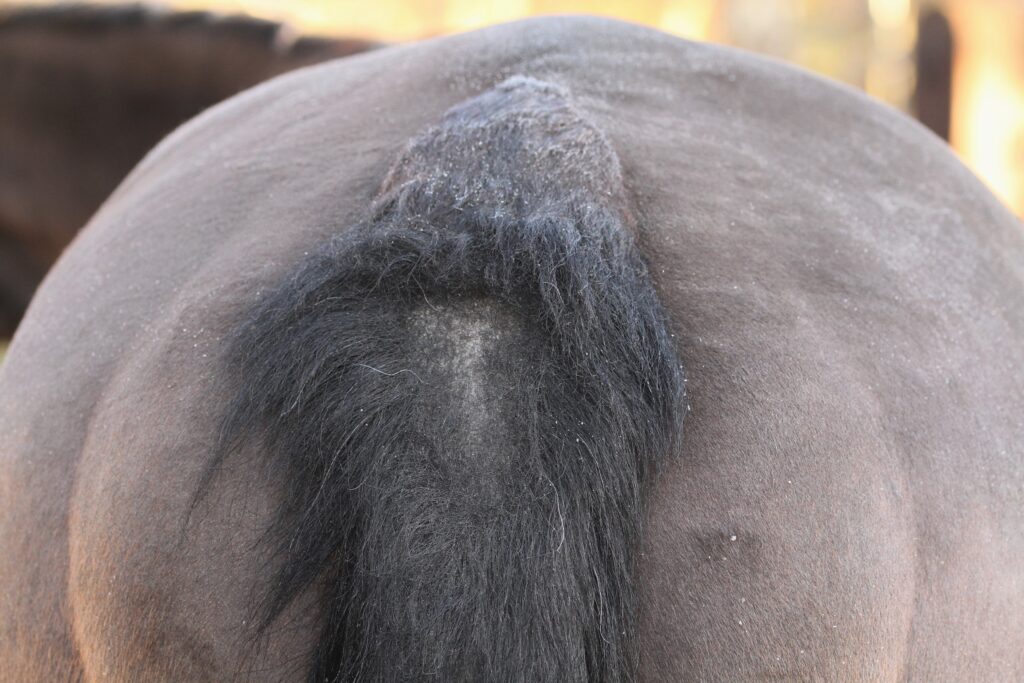
This is caused by an allergic reaction to midge saliva. This causes both horses and their owners a lot of pain and discomfort during midge season (March – November). Management of this problem is paramount but in the last few years we have also been able to use the Insol vaccine. This is licenced to protect against ringworm in Europe but has the handy side effect of removing and diminishing the effects of sweet itch. These vaccinations should ideally be given during the winter months when there are no clinical signs of sweet itch.
Management of sweet itch:
- Fly rugs are a must
- Using insecticides such as Deosect fly spray also aids the reduction of clinical signs
- Using fans in the stable as midges can’t land if the wind speed is higher than 7MPH.
- Keeping affected animals away from standing water or slow moving streams
If you have any questions about the topics mentioned above, please do not hesitate to contact us at the office: 01782 898102.

